How to Thicken Tomato Sauce, from Runny to Rich
There’s nothing more disappointing than slaving over a pot of tomato sauce, only to end up with a watery, thin mess that won’t cling to pasta or complement your favorite dishes. Whether you’re making a classic marinara, a hearty bolognese, or a zesty pizza sauce, achieving that perfect thick, rich consistency is key to unlocking maximum flavor. The good news? Thickening tomato sauce doesn’t require fancy ingredients or expert skills. In this guide, we’ll walk you through proven methods to transform runny sauce into a luxuriously thick masterpiece, along with tips to avoid common mistakes.
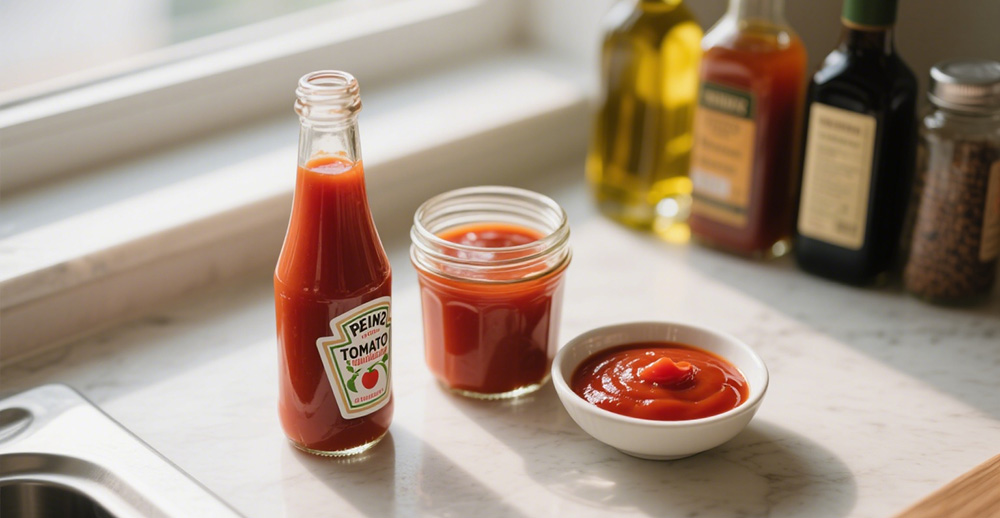
Why Is Your Tomato Sauce Runny?
Tomatoes themselves are often the primary offender. Fresh varieties like cherry tomatoes and heirlooms are naturally water-dense, containing 90-95% moisture. Skipping peeling or seeding exacerbates this: the gel surrounding seeds is almost pure water, and thin skins break down into a slushy mess that dilutes the sauce. Canned tomatoes aren’t innocent either—their packing juice, if not partially drained, introduces extra liquid, turning a promising sauce into a soupy disappointment.
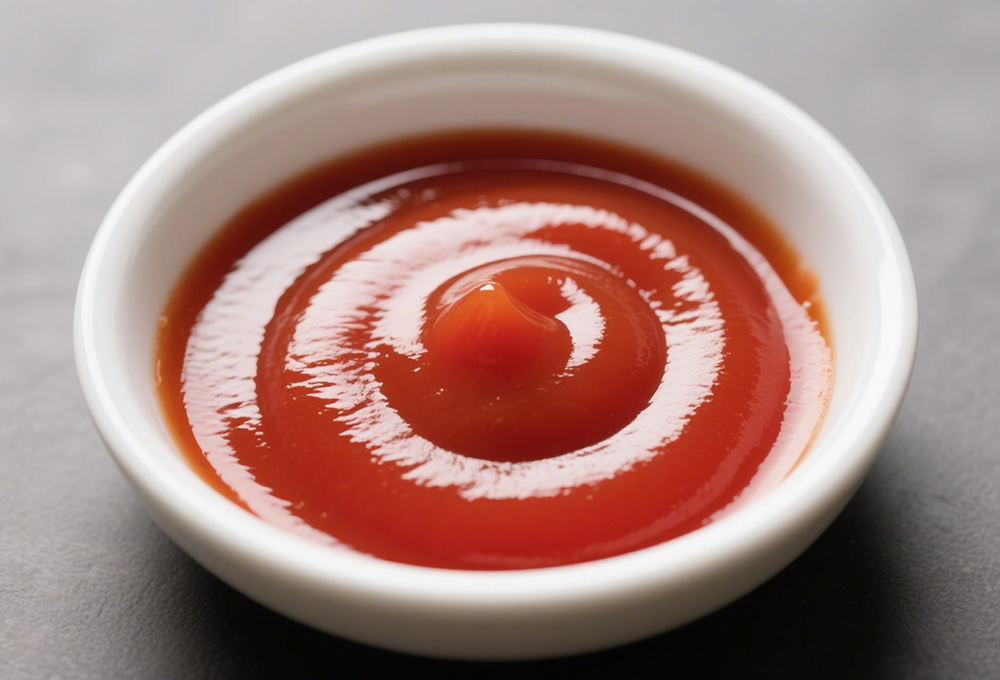
Added liquids sneak in more often than you’d think. A recipe’s “splash” of wine, broth, or water to deglaze a pan can easily turn into a generous pour. Even vegetables like bell peppers or zucchini, added early in the cooking process, release their own moisture as they soften, thinning the sauce without warning. These small, cumulative additions leave you with a loose, underwhelming texture that fails to cling to pasta or other dishes.
Cooking time is a surprisingly common culprit. Sauce thickens as moisture evaporates, but rushing the process—cranking up the heat to “save time” or pulling the pot off the stove too early—skips this critical step. A sauce that needs 45 minutes of gentle simmering to reduce might be served after just 20, retaining excess water and lacking the concentrated richness that comes with slow cooking. Patience here is non-negotiable.
Missing thickeners and improper tools also play a role. Tomato paste, with its concentrated, low-moisture profile, is often skipped or used sparingly, robbing the sauce of natural body. Sautéed onions, carrots, and celery—staple thickeners that release starch as they break down—are frequently underused. Even your cookware matters: wide, shallow pans speed up evaporation, while deep, narrow ones trap steam, keeping the sauce unpleasantly thin. Identifying these issues is the first step toward fixing them.
7 Foolproof Ways to Thicken Tomato Sauce
From quick fixes to slow-cooked perfection, these methods work for any type of tomato sauce—no weird textures or off-flavors guaranteed.
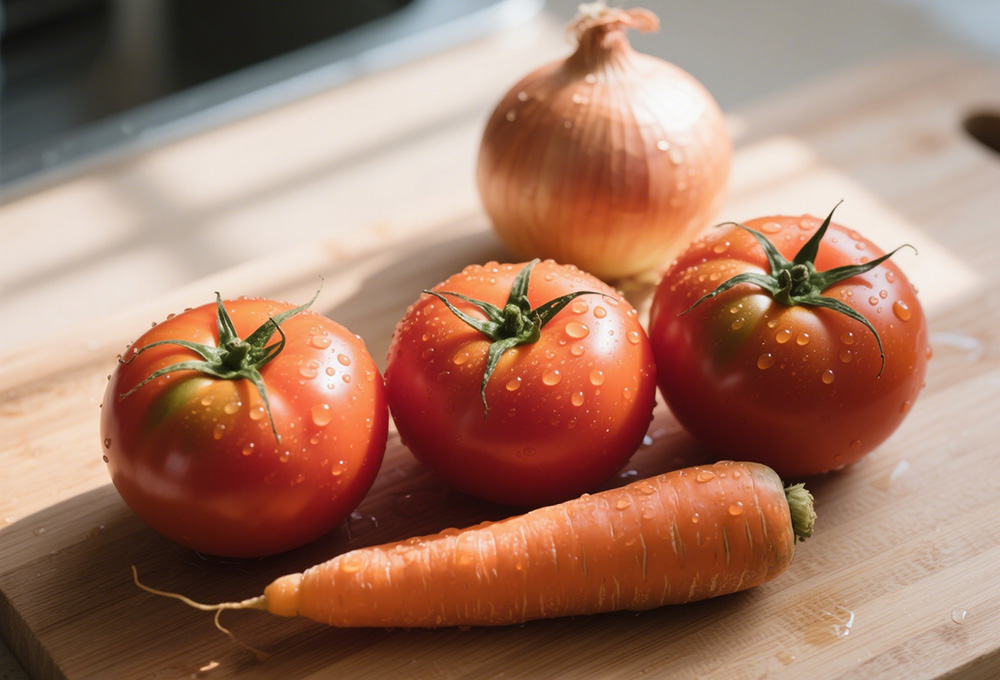
1. Simmer Longer (The Simplest Method)
If time is on your side, letting the sauce simmer uncovered is the easiest way to thicken it. As the liquid evaporates, the sauce naturally concentrates, deepening both flavor and thickness.
•How to do it: Reduce heat to low, remove the lid, and stir occasionally. Depending on how runny the sauce is, this can take 15–45 minutes.
•Pro tip: Stir frequently to prevent burning, especially if using a thin-bottomed pot.
2. Add Tomato Paste
Tomato paste is a secret weapon for thickening and intensifying tomato flavor. It’s concentrated, so a little goes a long way.
•How to do it: Stir 1–2 tablespoons of tomato paste into the sauce and cook for 5–10 minutes to mellow the “raw” taste. Add more if needed.
•Why it works: The paste adds body without diluting the sauce, making it ideal for quick fixes.
3. Use a Slurry (Cornstarch or Flour)
A slurry—a mix of starch and cold water—is a classic thickener for sauces. It’s fast-acting but requires careful handling to avoid lumps.
•Cornstarch slurry: Mix 1 tablespoon cornstarch with 1 tablespoon cold water until smooth. Whisk into the sauce and simmer for 2–3 minutes (it thickens as it cooks).
•Flour slurry: Use 2 tablespoons flour mixed with 2 tablespoons cold water (flour is less potent than cornstarch). Cook for 5–7 minutes to eliminate the “floury” taste.
Pro tip: Never add dry starch directly to the sauce—it will clump! Always mix with cold water first.
4. Stir in Mashed Vegetables
For a natural, veggie-packed thickener, try mashed carrots, onions, or even cauliflower. They add creaminess and nutrients without overpowering the tomato flavor.
•How to do it: Cook 1 cup of chopped veggies (carrots work best) until soft, then mash or blend until smooth. Stir into the sauce and simmer for 10 minutes.
•Bonus: This is a great trick for hiding veggies in kid-friendly sauces!
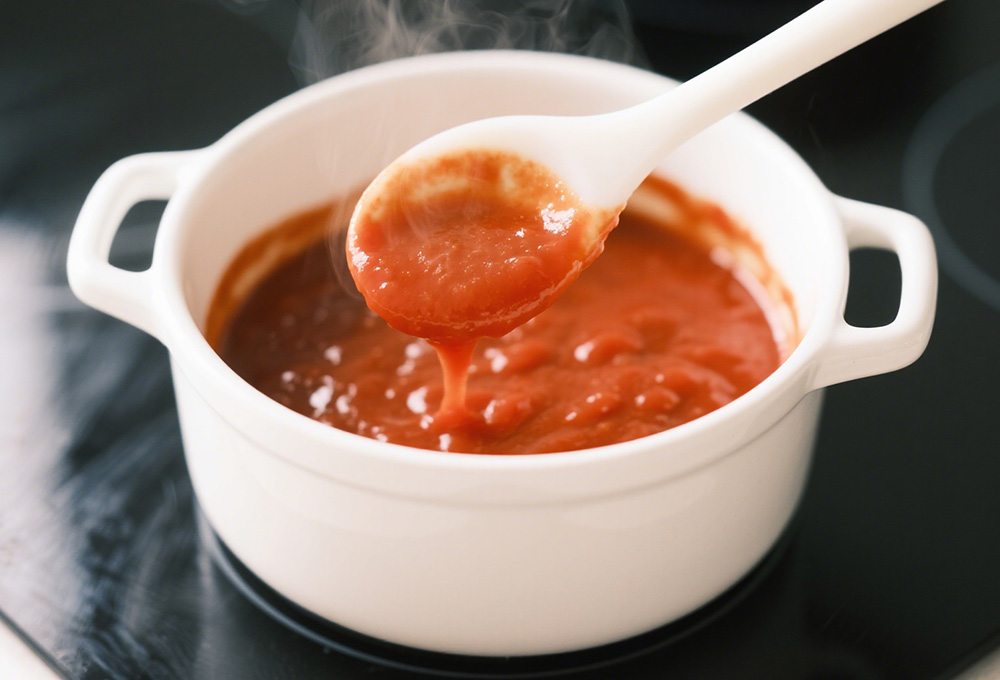
5. Try Breadcrumbs or Crackers
Stale breadcrumbs or saltine crackers are unexpected heroes for thickening sauce. They absorb liquid and add a subtle, pleasant texture.
•How to do it: Stir in ¼–½ cup of fine breadcrumbs or crushed crackers. Simmer for 5–10 minutes, stirring until they dissolve and the sauce thickens.
•Best for: Rustic sauces, like those served with meatballs or sausage.
6. Blend Part of the Sauce
If your sauce has chunks (like diced tomatoes or veggies), blending a portion of it can create a thicker base.
•How to do it: Transfer 1–2 cups of sauce to a blender, blend until smooth, then stir back into the pot. Simmer for 5 minutes to combine.
•Pro tip: Let the sauce cool slightly before blending to avoid splatters.
7. Add Cheese (For Creamy Sauces)
For a rich, indulgent twist, stir in grated Parmesan, Romano, or even cream cheese. The dairy adds thickness and a velvety texture.
•How to do it: Remove the sauce from heat, stir in ¼–½ cup grated cheese until melted, then return to low heat for 2–3 minutes.
Note: This works best for creamy tomato sauces (like vodka sauce) rather than traditional marinara.
How Long Does Tomato Sauce Last?
The shelf life of tomato sauce depends on its type, whether it’s opened, and storage methods. Knowing these helps prevent waste, keep meals safe, and enjoy optimal flavor. Let’s explore the key timelines.
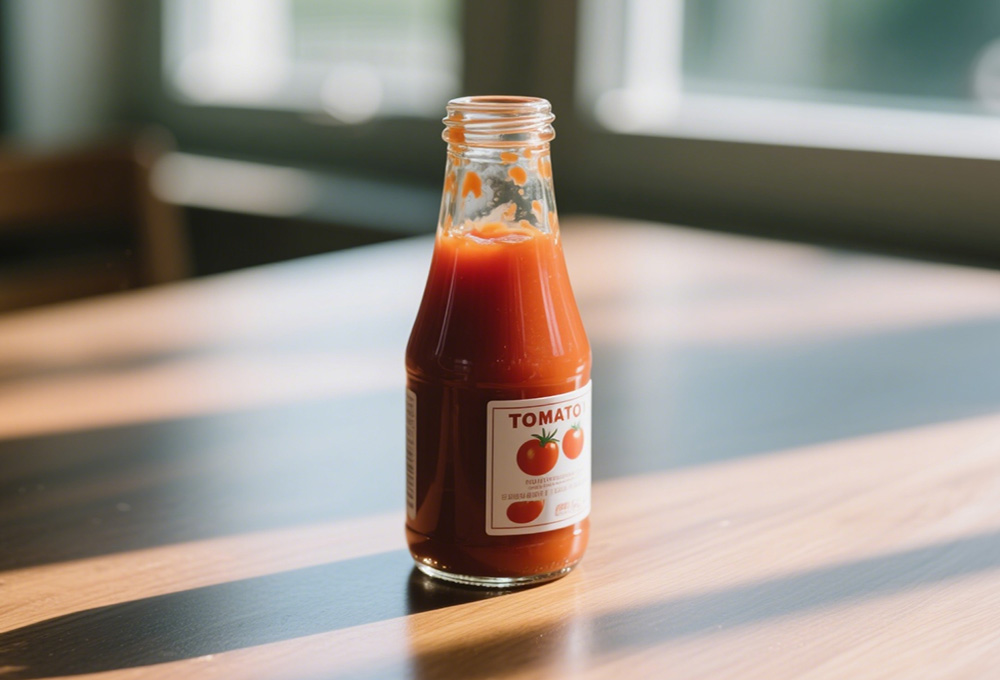
Homemade tomato sauce, without commercial preservatives, has a shorter fresh period. Stored in an airtight container in the fridge, it stays good for 3 to 5 days. Watch for spoilage: deep brown color, mold, sliminess, or a sharp sour smell—discard if any appear. Freezing extends its life to 6 to 8 months, but use within 6 months for best flavor. Beyond that, freezer burn may dull taste, though it’s still safe.
Industrial production of tomato sauce uses advanced techniques to extend shelf life, with the sauce filling machine playing a key role in ensuring airtight sealing, which locks in freshness and prevents contamination. Unopened store-bought sauce, with added preservatives, lasts much longer. Most have a “best by” date 12 to 18 months from production, indicating peak quality, not expiration. It’s often safe to eat a few months past this date if the container is undamaged (no dents, bulges, rust) and stored cool and dark. Flavor and texture decline over time, so use within the “best by” window for best taste.
Opened store-bought sauce has a lifespan similar to homemade. Keep it in an airtight container in the fridge for 5 to 7 days. Freeze for 2 to 3 months if not used quickly, though quality fades. Warm fridges (above 40°F/4°C) or loose seals speed spoilage. When unsure, trust your senses—off appearance, smell, or taste means it’s time to discard.
How to Effectively Store Tomato Sauce?
Short-term storage in the fridge starts with cooling the sauce completely—never refrigerate hot sauce, as it raises internal temperatures and creates condensation, making the sauce watery. Transfer cooled sauce to an airtight container; glass jars with tight lids work best, as they don’t absorb odors, though BPA-free plastic is a solid alternative. Leave a small gap (about ½ inch) to allow for minor expansion, but avoid excess air, which can oxidize the sauce, turning it brown and dulling flavor. A thin layer of olive oil on top acts as a barrier, extending freshness for 3–5 days.
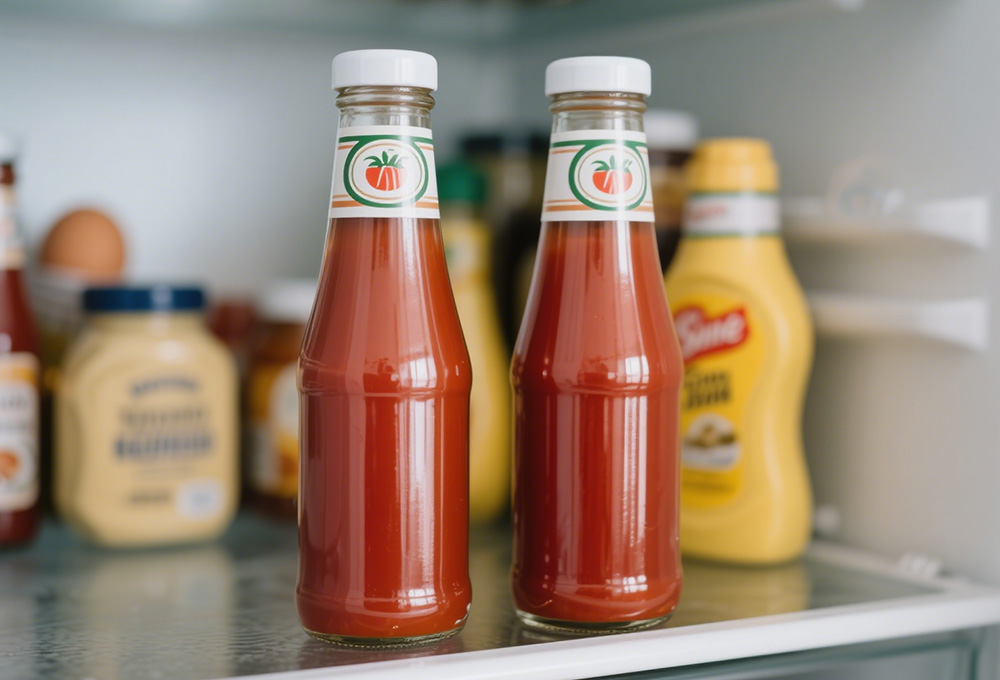
Freezing is ideal for longer storage. After cooling, portion the sauce into usable sizes—ice cube trays for small amounts (great for soups) or freezer bags/containers for larger batches. Squeeze air from bags before sealing and lay them flat to freeze quickly, preserving texture. For glass jars, leave 1 inch of headspace to prevent cracking as the sauce expands. Thaw in the fridge overnight or heat gently in a saucepan; avoid microwaving on high, which causes uneven heating and sogginess. Frozen sauce stays good for 6–8 months.
Canning allows room-temperature storage for up to a year but requires strict safety. Tomato sauce needs added acidity (lemon juice or citric acid) to combat botulism bacteria. Follow trusted recipes specifying water bath processing times, and sterilize all jars, lids, and tools. New canners should use a reliable guide or take a class—cutting corners risks contamination. Properly canned sauce, stored in a cool, dark pantry, retains flavor and texture well.
Key habits maximize storage success. Always label containers with the date to track freshness. Keep the fridge below 40°F (4°C) and the freezer at 0°F (-18°C) to slow spoilage. Check stored sauce for mold, off smells, or separation before use. By matching storage method to your timeline and prioritizing airtight, temperature-controlled conditions, you’ll keep sauce rich and ready to use.
Eating expired tomato sauce carries varying risks, from minor discomfort to serious health issues, depending on how long it’s been expired and the cause of spoilage. In the best case, if the sauce is just a day or two past its fridge life with no spoilage signs (no mold, off smell, or slime), you may face no symptoms. The flavor might be flat, but it’s unlikely to make you sick. However, visible spoilage raises the stakes significantly.
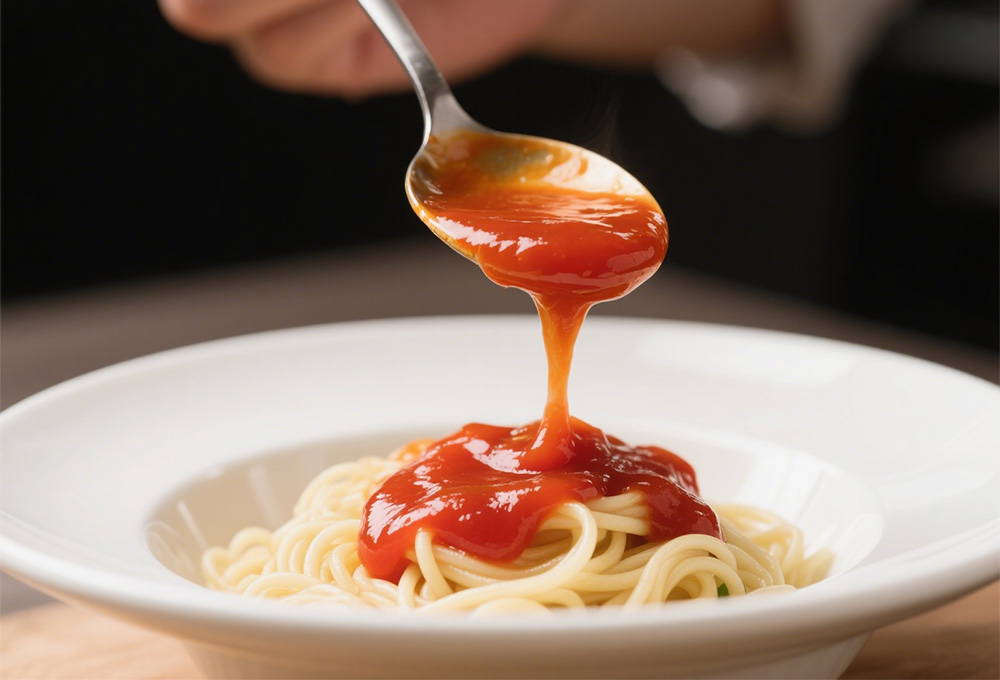
Industrial tomato sauce production prioritizes safety, with tools like the sauce filling machine ensuring airtight packaging to slow spoilage, but even these safeguards can’t prevent expiration indefinitely. Once sauce spoils, mold is a common culprit. Eating moldy sauce often triggers mild digestive issues—nausea, vomiting, or diarrhea—within hours. Those with allergies or weak immune systems may suffer more severely: headaches, dizziness, or breathing difficulties. Most molds here aren’t deadly, but some produce mycotoxins, which can cause long-term harm in large amounts. Scraping mold off doesn’t help; it spreads invisibly.
Bacterial growth is another threat. Expired sauce can harbor Salmonella, E. coli, or Staphylococcus, even if it looks and smells fine. These bacteria cause food poisoning, with symptoms like cramps, diarrhea, vomiting, fever, and dehydration. Severe cases, especially in kids, the elderly, or those with weak immune systems, may lead to complications requiring medical care.
It’s crucial to note that even small amounts of spoiled sauce can affect some people. When in doubt, err on the side of caution—expired sauce with any spoilage signs is better discarded than risk illness. Trust your senses: if it looks, smells, or tastes off, don’t eat it.
Armed with these tips, you can fix runny sauce, store it properly, and stay safe. Remember, thickening tomato sauce is a skill that improves with practice. Soon, you’ll be serving rich, velvety sauce that clings perfectly to every bite.
